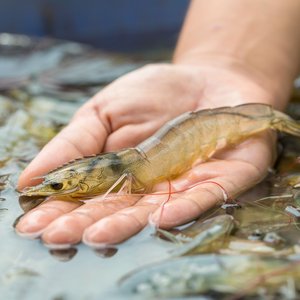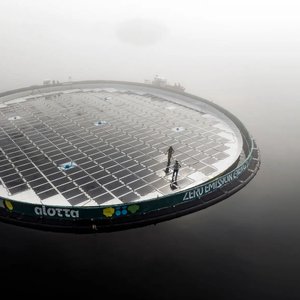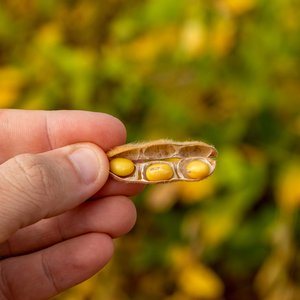Krkosek Paper reviewed
Dr. Kenneth Brooks described several serious shortcomings in his review on paper that claims a major negative impact on wild salmon from salmon farms
Recently a paper was released which asserted that there is a major negative impact on wild salmon from salmon farms. The paper, Epizootics of Wild Fish Induced by Farm Fish, (Krkosek et al, in press) makes claims that sea lice from salmon farms infect and kill wild pink salmon at a rate of 9 to 95% in the area of study, the Broughton Archipelago.
Numerous authors have criticized the Krkosek models in the past and some of these criticisms have been published in the literature (Brooks, 2005; Brooks and Stucchi, 2006). Dr. Kenneth Brooks reviewed this paper and described several serious shortcomings. He concluded that the errors in the paper lead the authors to draw conclusions which are inconsistent with a basic understanding of host parasite relationships and the vectors that influence these relationships. These flaws include:
• The authors failed to adequately consider environmental factors in the area of study such as salinity and temperature. This failure led them to collect inappropriate baseline data in a low salinity area where sea lice larvae are not expected to mature to an infective stage – making their baseline data inappropriate for comparison with higher salinity areas of the archipelago.
• An assumption by the authors in the paper that nauplii molt to the infective copopodid stage at a constant rate is not correct (Brooks, 2005; Stein et al., 2005).
• Sea lice on the fry collected were enumerated without regard to species.
• Krkosek et al. (in-press) rely on the report of Morton and Rutledge (2005) to estimate the mortality of pink salmon fry associated with sea lice infections. Heard (1991) estimates that 55% to 77% of pink salmon fry die during their first 40 days in the marine environment. It is likely that sea lice are found primarily on fry that are already stressed due to competition, genetics, injury, lack of food etc. All of these authors subsample pink salmon fry from beach seines, which likely samples the 55% to 77% of fry that are stressed for many reasons and are therefore less mobile and less able to avoid capture. No effort has been made in either of these reports to ensure that there samples are random samples of the population of fry or to understand the causes of the observed mortality.
• The paper did not include a review of sea lice data collected on farms which would have altered their major conclusions, despite this information being readily available.
• There was a lack of quality assurance in the collection of field data and offers of assistance in the field work were refused.
• The authors failed to acknowledge and include the work of numerous scientists in British Columbia who have collected and analyzed larger data sets and come to very different conclusions.
The reviewer concludes that because of these substantial flaws in the paper, Kroksek’s conclusions are not accurate. The reviewer further concludes that, based on a review of the current literature, including peer reviewed papers from a large number of scientists, that if there were no salmon farms in the Broughton Archipelago there would still be numerous and abundant sources of sea lice in the region.
Bottom Line?
Pink salmon returns in the Broughton Archipelago appear healthy and there is no evidence of a catastrophic collapse associated with sea lice infections. [Source: BC Salmon Farmers Association]
To read the complete review please click here










